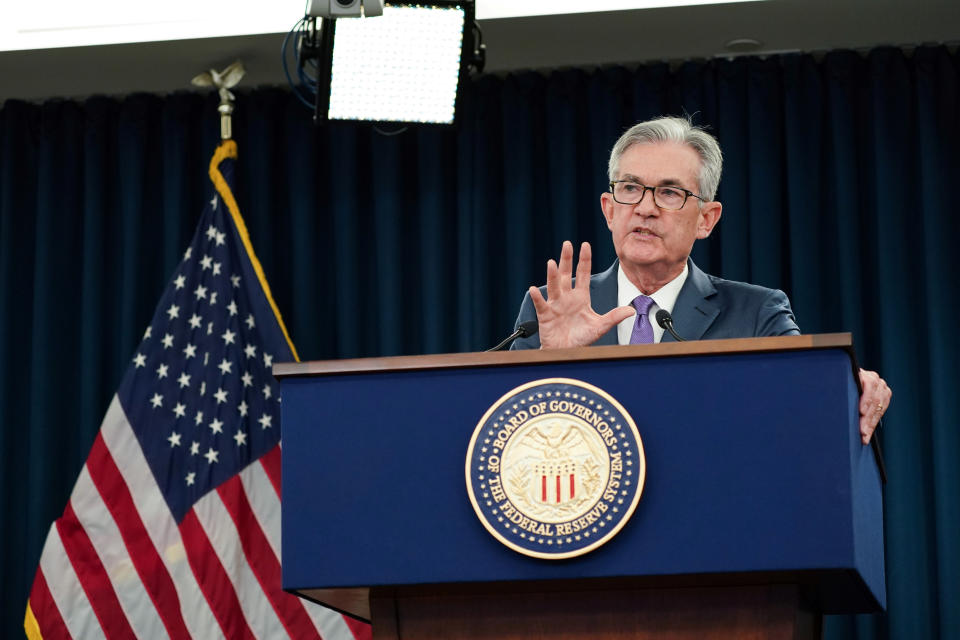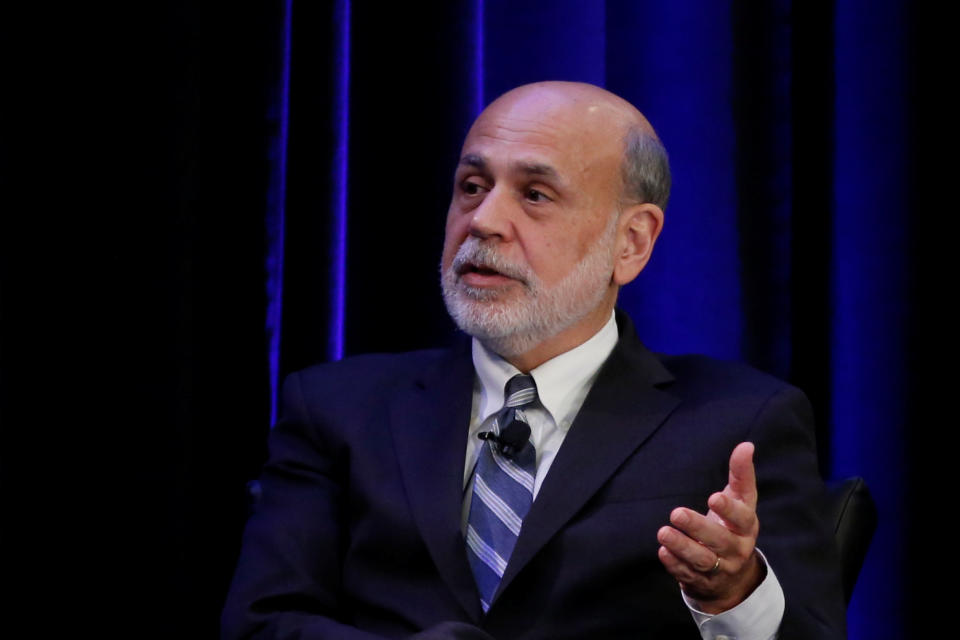Fed cuts rates for first time since 2008
The Federal Reserve cut interest rates by 25 basis points in its policy-setting meeting on July 31, marking the first time the central bank has reduced the benchmark interest rate since it battled the financial crisis in 2008. The Fed also decided to pre-emptively end its process of shrinking its balance sheet, a process known as quantitative tightening, two months ahead of schedule.
The cut, which takes the target benchmark rate to a range of 2% to 2.25%, comes as the Fed continues to worry about a possible slowdown in the U.S. economy. The Federal Open Market Committee statement released Wednesday recycled language from its June meeting describing business fixed investment as “soft” and said inflationary pressures “remain low.”
On the labor market, the Fed said job gains are still “solid.” The June jobs report received since the last Fed meeting showed an estimate-beating 224,000 new jobs with unemployment moving up only slightly to 3.7%. The Fed also said the consumer remains a bright spot, with household spending still growing relative to earlier this year.

The Fed reiterated that it will “act as appropriate to sustain the expansion,” adding new language in saying that this priority will be in focus as “the committee contemplates the future path of the target range for the federal funds rate.”
The Fed’s actions Wednesday follow through on market expectations for a 25 basis point cut. Heading into the meeting, federal funds futures markets were pricing in a 79.1% chance of a 25 basis point move, with a 20.1% chance that the Fed would cut by 50 basis points.
Two members of the committee dissented on the decision to lower rates by 25 basis points: Kansas City Fed President Esther George and Boston Fed President Eric Rosengren.
On the balance sheet, the Fed had originally planned to stop the rolloff process at the end of September, but cut the process short by two months. The Fed will now hold the asset levels steady beginning August 1, with payments from non-Treasury holdings reinvested in Treasuries. In doing so, the Fed hopes to reduce its holdings of debt and mortgage-backed securities in an effort to neutralize its balance sheet with more plain vanilla assets.

In the Fed’s June 19 meeting, policymakers elected to hold rates steady but sent signals that a rate cut was likely in the cards for 2019. Dot plot projections from the meeting, which chart FOMC members’ predictions on where rates will go in the future, showed eight members of the 17-member panel telegraphing the need for at least one rate cut by the end of the year.
No dot plots were released in today’s meeting.
The last rate cut
The last time the Federal Reserve cut interest rates was in December 2008, when then-Fed Chairman Ben Bernanke slashed rates to near-zero as the country sank deeper into the financial crisis. With its back up against the wall, the Fed would resort to asset purchases to stimulate the economy, a process known as “quantitative easing.”

The times are different now. The economy is still growing, albeit at a slower pace, but concerns over a global slowdown and tepid inflation are sparking concerns that some downturn could be hiding around the corner.
An “insurance” rate cut has been compared to the July 1995 decision to lower the target rate by 25 basis points, from 6% to 5.75%. That cut had followed a 300 basis point raise between early 1994 and early 1995, similar to the Fed’s “gradual” path of rate hikes that elevated rates 225 basis points between December 2015 and December 2018.
St. Louis Fed President James Bullard, a voting member of this year’s FOMC who voted for cuts in the June 19 meeting, said earlier in the summer that the economy did not enter a recession as a result of the 1995 insurance cut. Bullard said the mid 90s are proof that “policy rate normalization can be accomplished without damaging the prospects for an extended period of growth.”
But a larger question looms over whether or not today’s 25 basis point cut would be the beginning of a cutting cycle that would nudge the Fed closer to the zero-bound yet again. After the July 1995 rate cut, the Fed slashed rates by another 50 basis points through February 1996. But the Fed had more firepower with rates more than double the level that the Fed is dealing with right now. Concerns have been building over the past few months over the Fed’s ability to counter the next possible recession with rates as low as they are.
The Fed’s next meeting is September 18.
Brian Cheung is a reporter covering the banking industry and the intersection of finance and policy for Yahoo Finance. You can follow him on Twitter @bcheungz.
Fed faces questions on ‘data-dependence’ heading into possible rate cut
'Blew it!' Trump's Fed-bashing on Twitter escalates ahead of possible rate cut
Fed's jumbled messaging catches Trump's attention ahead of key policy-setting meeting
Congress may have accidentally freed nearly all banks from the Volcker Rule
Read the latest financial and business news from Yahoo Finance
